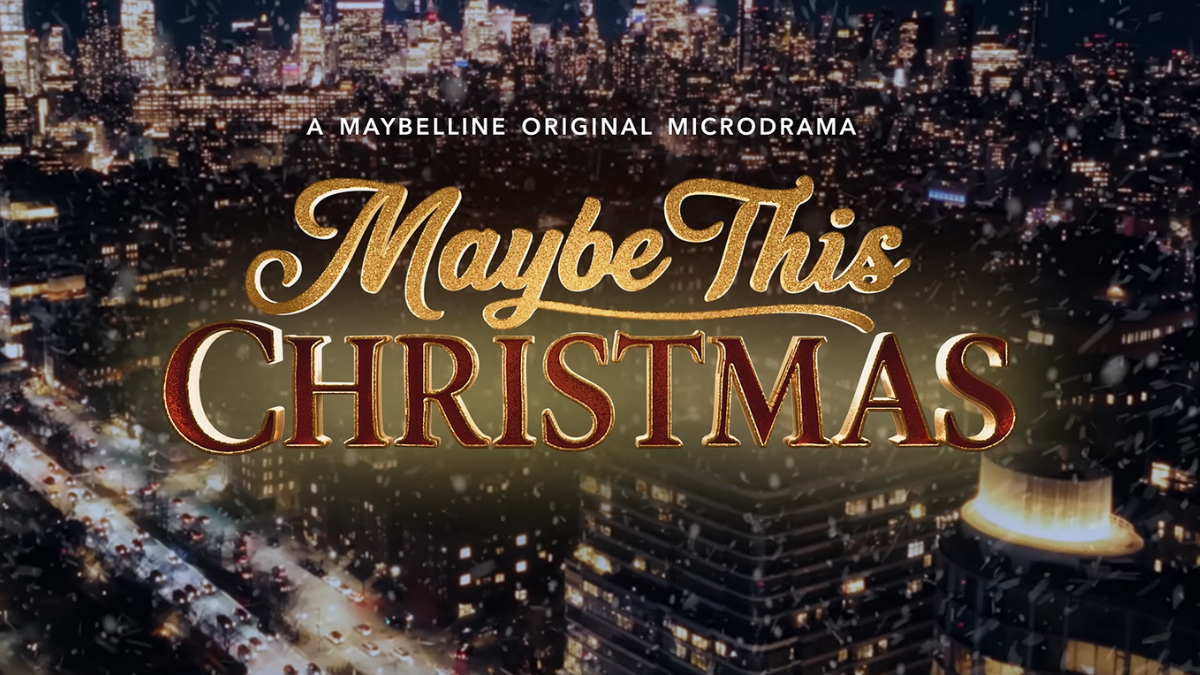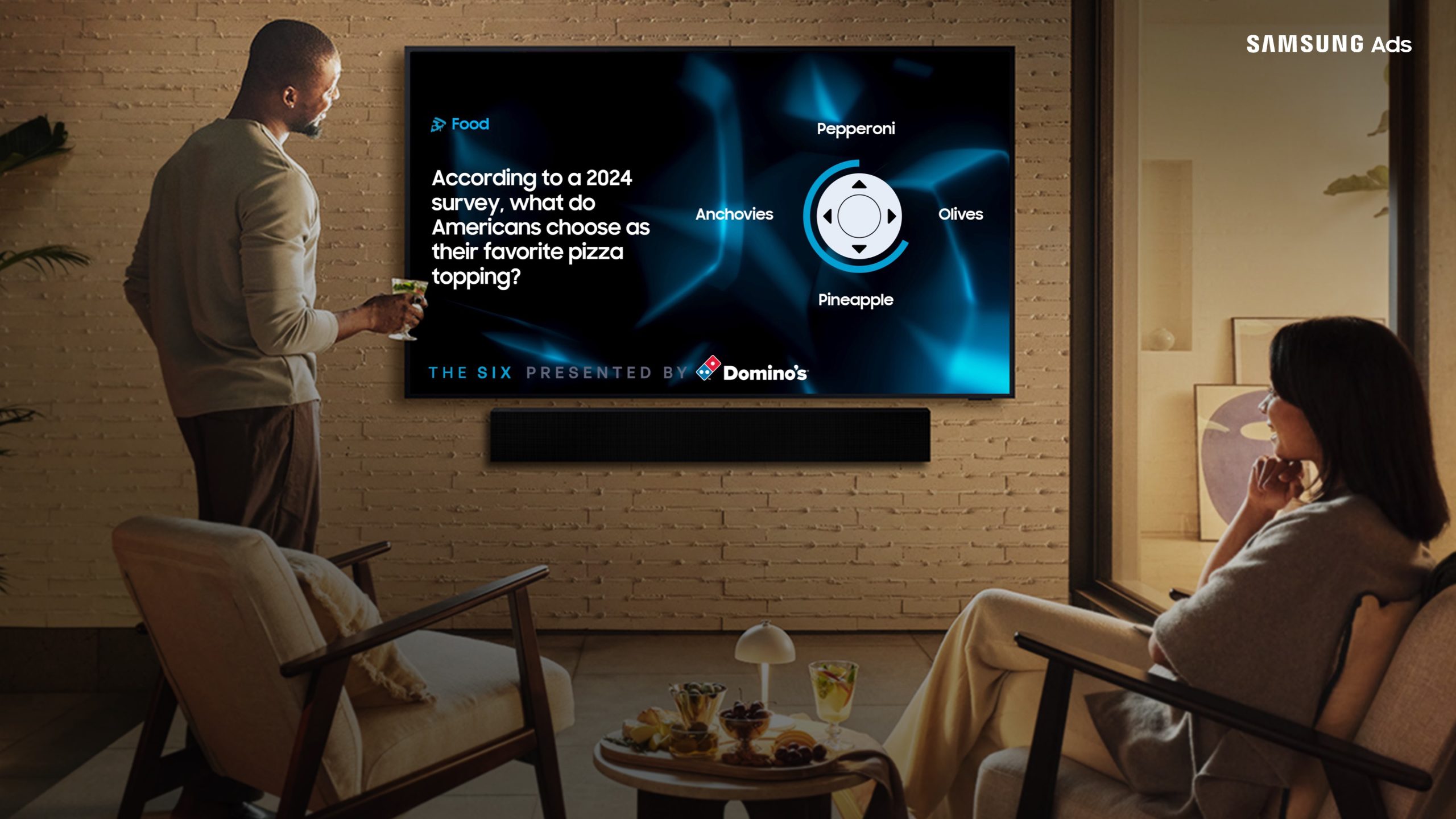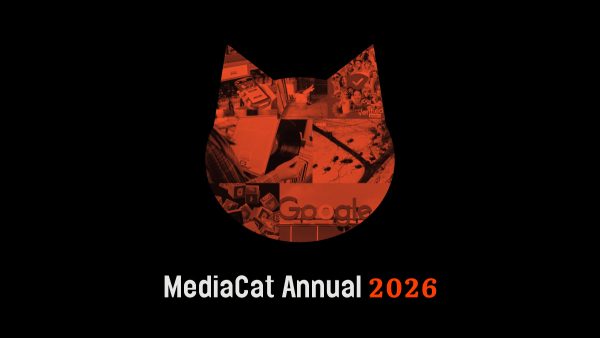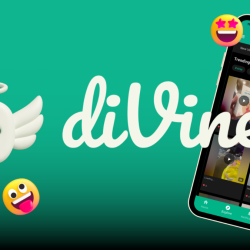Posters for Channel 4’s new reality show Go Back To Where You Came From were rejected earlier this month by OOH media owners for their potential to cause offence
The adverts, which juxtaposed pro and anti-immigration views, were created by 4Creative, Channel 4’s in-house creative team. Channel 4 describe the show as ‘Six opinionated Brits experience refugee life up close in some of the world’s most dangerous places.’
In an article in the Socialist Worker, Thomas Foster argued that ‘the show doesn’t challenge racism — it exploits the experiences of refugees to boost TV advertising revenue and play to racist right wingers.’
But were OOH owners right to reject Channel 4’s ads for giving a platform to anti-immigrant views? Or is it justified to include controversial or harmful attitudes in advertising if it encourages debate? We spoke to our network to get their thoughts on this tricky subject.
Alan Fayolle — founder at Fearless Union
Whilst advertising can be a powerful way to spark conversation, let’s be honest the real risk here is that airing anti-immigrant rhetoric gives legitimacy to harmful narratives rather than challenging them. Everyone involved in the media ecosystem, including the media platforms shape public discourse — none of us are bystanders. Refusing to air these ads isn’t about silencing debate, it’s about recognising that not all arguments carry the same weight. There’s a difference between fostering productive discussion and amplifying messages that fuel division and fear. Freedom of speech is obviously incredibly important, but so is responsibility. My view is that just because something can be aired doesn’t necessarily mean it should be. In this case, the media owners who turned down the ads made a choice; to stand against normalising inflammatory rhetoric under the guise of open discussion.
Harriet Kingaby — co-founder at the Conscious Advertising Network
I can see this campaign triggering people, but Channel 4 has license to be provocative. My problem is the use of the word ‘gammon’ and the potential supercharging of a racist phrase via advertising. Calling people gammons is a form of dehumanisation, which is hate speech according to the UN. Dehumanisation strips people of their individuality, dignity, or humanity, often by comparing them to objects, animals, or stereotypes. While gammon is not as extreme as some slurs, it still mocks and delegitimises based on perceived identity rather than arguments.
The name of this show, plastered across media in the UK, when displayed bluntly, is also hate speech. How many people will think it’s OK to say this after seeing these ads, but not seeing the show? How will it make immigrant families, people of colour and other marginalised groups feel seeing this plastered all over their home town? Minnow Films and Channel 4 produce sophisticated content which promotes debate responsibly, but if the messaging in the advertising feeds polarisation, it risks doing more harm than good and feeds into dynamics which affect GDP. Advertising is paid for by people who can afford it — it’s a huge megaphone which isn’t available to groups such as refugees. It’s our responsibility to make sure it doesn’t accidentally cause harm.
Kev Chesters — strategic consultant (ex-strategy head at Wieden+Kennedy, dentsu mcgarrybowen, Ogilvy)
Immigration is a very incendiary topic. I happen to think it has had nothing but a positive effect on the UK. But from my London-centric, liberal, affluent bubble I am probably insulated from most (if not all) potential negative effects — unlike a lot of people from my old hometown. And a lot of the 17.4 million Brits who voted for Brexit. Or the 4m daily visitors to the Daily Mail website. The best way to resolve a debate is to have one. The antidote to ignorance is experience. If only one side ever gets heard, then the other will seek more extreme platforms and mouthpieces. I’m not a big fan of censorship in any form. After all, who watches the watchman? The US right now is showing that he who holds the remote gets to decide which side controls the content and volume. Let’s be careful what we wish for.
Nick Radley — founder and chief strategist at Oceanic Strategic Planning
It’s really three questions or areas:
(1) Controversial. I think we must be able to court controversy. It’s always been a legitimate way to gain attention. Some of the most celebrated campaigns have used controversy. I used it once for a cancer charity and we could prove it saved lives. So, yes to controversy (with care).
(2) Harmful. Well, that’s different and should probably be no, BUT… what do you mean by harmful and who decides? Ad/medialand has a pretty singular view these days, and we can’t assume that just because you don’t like someone else’s viewpoint it is necessarily harmful. I think we have the ASA for this.
(3) C4 ads. I don’t know loads about it, but I think they should have run. The consumer is not a moron, and it’s clear they are provocative views and are there to stoke debate/interest. I don’t think, in their context, they legitimised the unsavoury views presented.
Jono Wylie — strategy director, North America at eatbigfish
Yes, but only because everyone else’s ads have been so dull for so long. Let me explain what I mean. The ads incited hateful views only if viewed lazily, for a split second. Humans are smart creatures, and anybody paying attention to the ads in question for more than just a few seconds would have spotted and considered the double meaning behind them, just like the show itself. The pragmatic folks reading this will say ‘well that’s the reality of advertising — people never fully pay attention to the message.’ But it doesn’t have to be this way. When we as an industry churn out dull content, breaching the social contract of being interesting to justify our interruptions to people’s days, then perhaps we get what we deserve; interesting, thought-provoking ads being banned because we’ve trained people to give our ads only the most cursory of glances. The way back is to be more interesting — to earn the trust of the public, so that they might actually read what we’ve got to say before being offended.
Featured image: Go Back To Where You Came From / Channel 4































